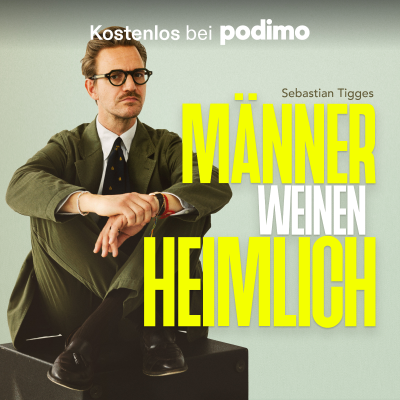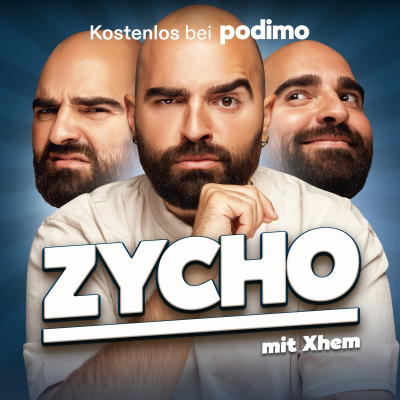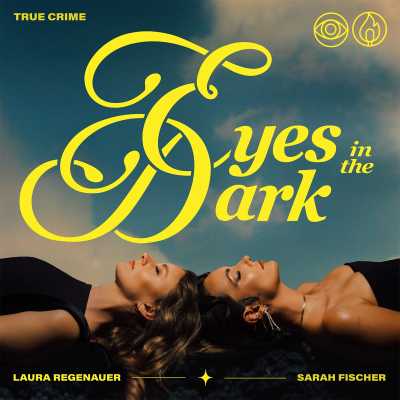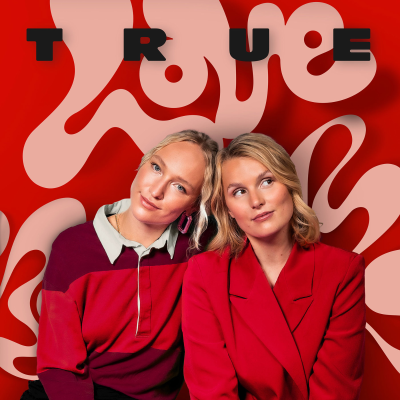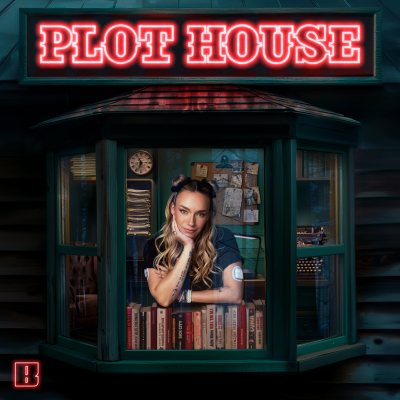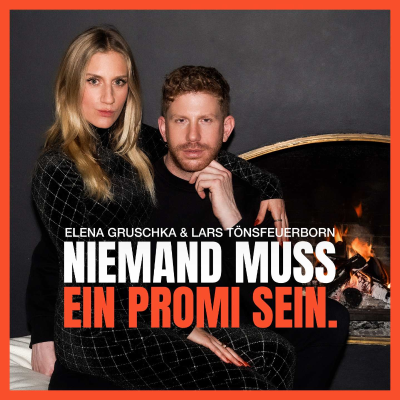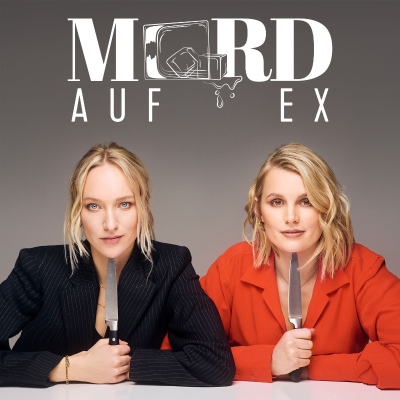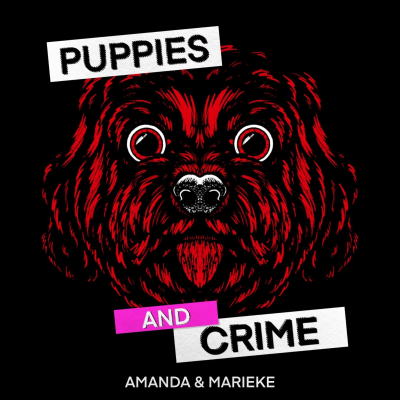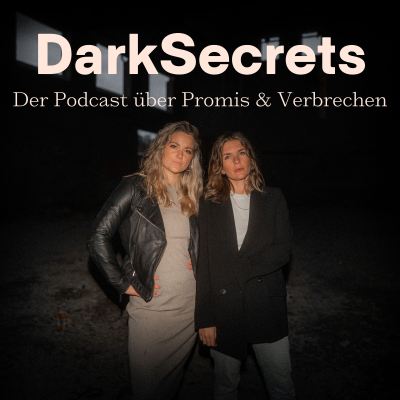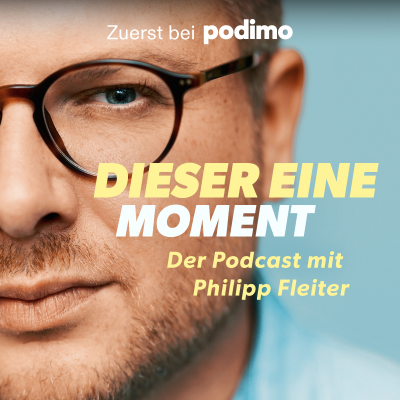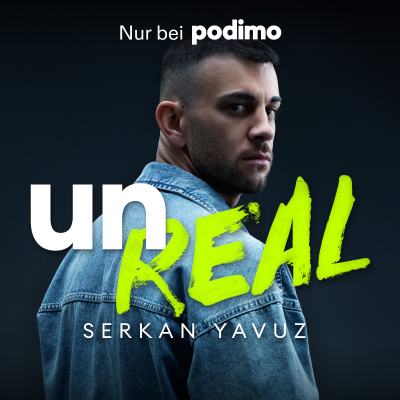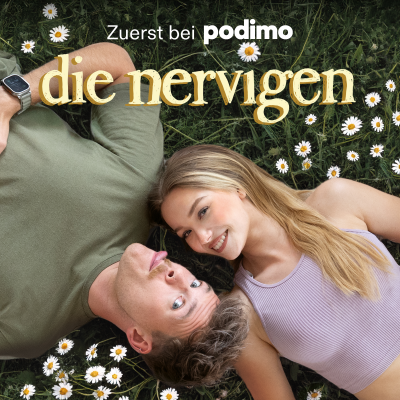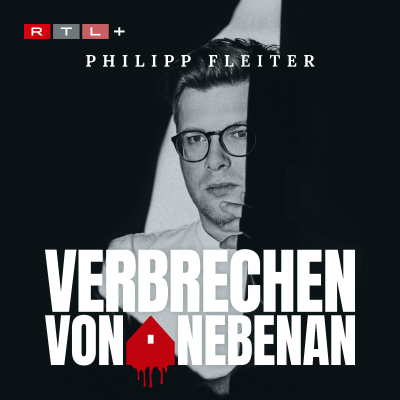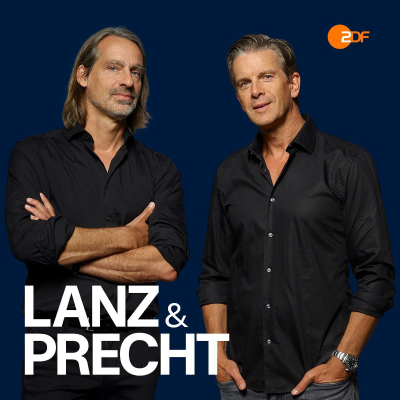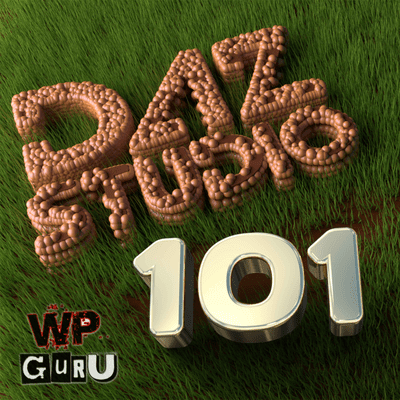
DAZ Studio 101
Podcast von Jay Versluis
Nimm diesen Podcast mit

Mehr als 1 Million Hörer*innen
Du wirst Podimo lieben und damit bist du nicht allein
Mit 4,7 Sternen im App Store bewertet
Alle Folgen
14 FolgenIn this episode I’ll tell you much of what I know about the Environment Lighting in DAZ Studio. This technique is also known as Global Illumination. I’ll explain the meanings of such cryptic abbreviations as IBL and HDRI, and how all these pieces fall together to make your scenes look handsome. This is a continuation of the previous episode about Mesh Lights. If you haven’t already, you can watch it here [https://youtu.be/A0VRj2rcwJc]. Products I’m using in this video: * HDRI Platinum Pack 1 by DimensionTheory [https://www.daz3d.com/platinum-pack-one-16k-hdris-for-iray] * HDRI Platinum Pack 2 by Dimension Theory [https://www.daz3d.com/platinum-pack-two--16k-hdris-for-iray] * Monsters in my Cupboard by 3D Universe [https://www.daz3d.com/monsters-in-my-cupboard] Some links to HDRI resources: * https://textures.com [https://textures.com] * https://hdrihaven.com [https://hdrihaven.com] * https://hdrmaps.com [https://hdrmaps.com] * https://www.hdri-hub.com [https://www.hdri-hub.com] * https://hdri-skies.com [https://hdri-skies.com] * https://cloud.blender.org [https://cloud.blender.org]
In this episode I’ll explain the basics of using Mesh Lights. Those are surface properties that can make any object emit light. I’ll show you how to set this up, how to adjust it and how to make it invisible so you can shoot through it. I’ll also throw in some random anecdotes about surface normals and “Shaders vs Material Presets”. I hope you like it! Here’s the link about Surface Normals: – – * https://en.wikipedia.org/wiki/Normal_(geometry) [https://en.wikipedia.org/wiki/Normal_(geometry)] [https://en.wikipedia.org/wiki/Normal_(geometry)] And this is the link to Eastman Kodak Museum: * https://www.eastman.org/ [https://www.eastman.org/] [https://www.eastman.org/] Patreon Supporters can get my Light Starter Scene I’ve mentioned here: * https://www.patreon.com/posts/31080812 [https://www.patreon.com/posts/31080812] Enjoy!
In this episode I’ll give you an introduction to the various parametric light objects we can create from the menu, how to use them and how to tweak their respective parameters as they apply to the Iray render engine. Here’s the link about Colour Temperature I’ve mentioned: https://en.wikipedia.org/wiki/Color_temperature [https://en.wikipedia.org/wiki/Color_temperature] Here’s the one about Luminous Flux: https://en.wikipedia.org/wiki/Luminous_flux [https://en.wikipedia.org/wiki/Luminous_flux]
In the following episodes I’ll tell you everything I know about lighting in DAZ Studio. It’s so much that I’ve decided to split this section into multiple smaller parts. In this part I’ll explain the different types of lighting we have at our disposal, touch on surface properties as they apply to Iray and 3Delight, and I’ll explain how the default lighting works that we get with every new scene (and also how to remove it).
In this episode I’ll tell you many interesting things about how to use cameras in DAZ Studio. It’s a rather complex topic, which is why this episode is a little longer than usual. We’ll create a simple scene together from the latest Platinum Club Freebie product, frame up a shot, and create a couple of cameras to play with. Along the way I’ll cover how to handle camera parameters, the concept of foreshortening and perspective, how focal length influences your shots visually and how to set aspect ratios for each shot. The props I’m using in this episode are from the Sleek Lounge Furniture set [https://www.daz3d.com/sleek-lounge-furniture]. Any questions, please let me know.
